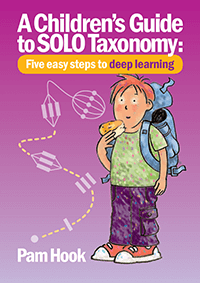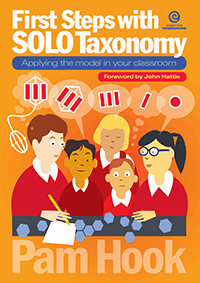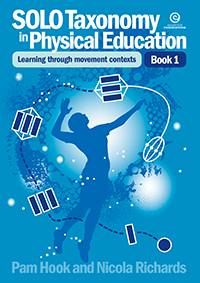
SOLO Taxonomy in the Early Years
Making connections for belonging, being and becoming
|
AUD incl GST
|
Add to cart | |
| or more | each |



